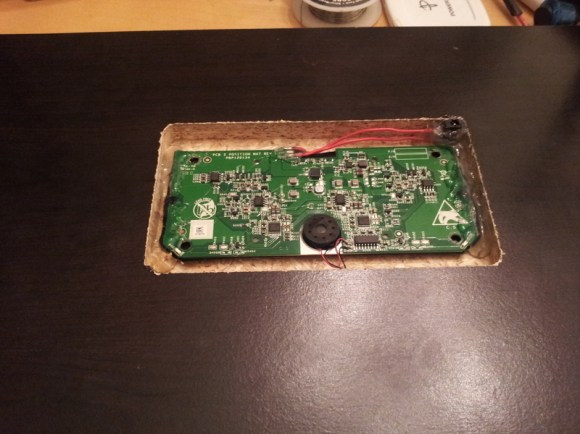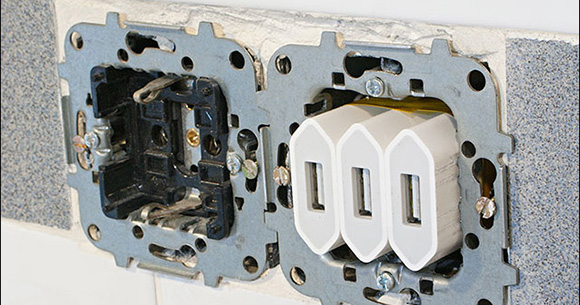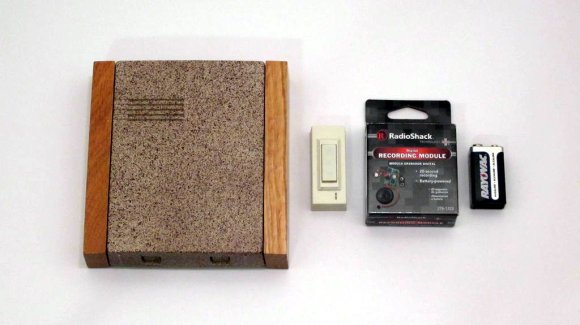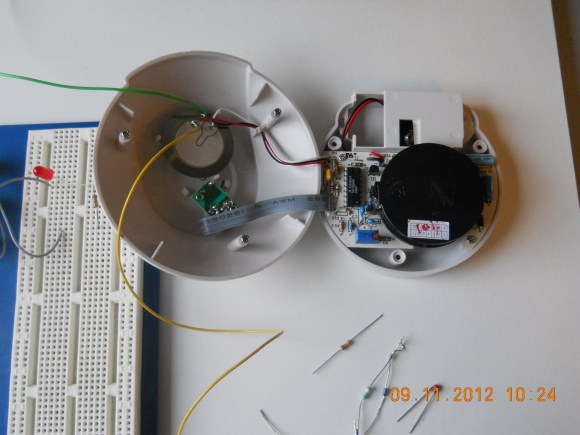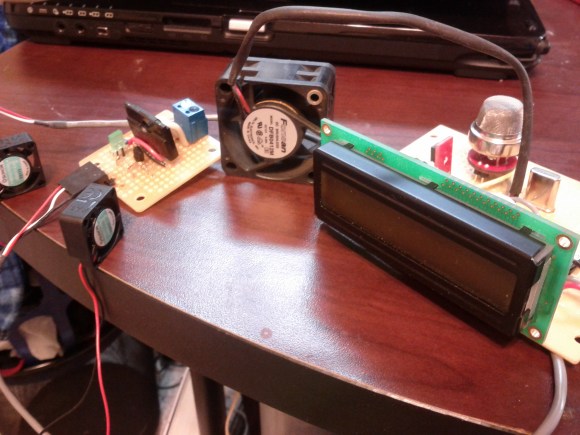
For a workbench, desk, or even a dining room table, there’s nothing quite like a massive piece of laminated maple put to use as the surface of a table. Whether in the form of butcher block, a shop class table, or in [Dillon]’s case, a reclaimed bowling lane, laminated maple provides one of the best possible table surfaces.
A while back, [Dillon] found someone on Craigslist willing to part with an eight foot section of a bowling alley for about $300. After trucking this two and a half inch thick, 250 pound monstrosity home, work began on converting it to a dining room table.
Bowling alleys are constructed by workers laying down maple strips and nailing them together one row at a time. This provides a stable surface when mounted on a concrete platform, but is completely insufficient for a table. To keep his bowling alley table from sagging, [Dillon] routed out three slots for aluminum bars going across the width of the lane. These bars were then screwed into each individual maple strip in the lane, resulting in a very sturdy surface.
The strengthened lane was then resurfaced with the help of a huge industrial belt sander and finished with a satin polyurethane. The legs of the table are made out of CNC’d 18mm Baltic birch plywood held together with metal fasteners.
The end result is a beautiful table ready to last 100 years. Considering [Dillon] spent less than $1000 on this table – and the price of eight feet of 2.5″ butcher block – we’re going to call this a win for [Dillon], his kids, and grandkids.

